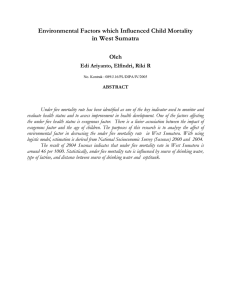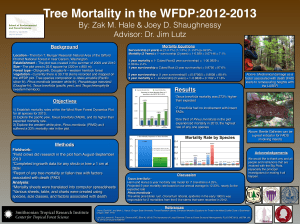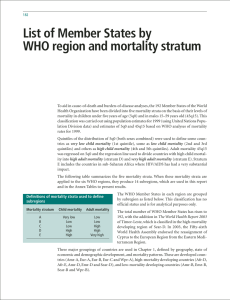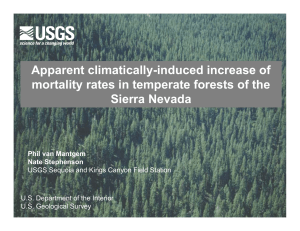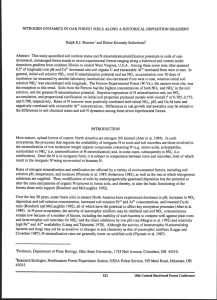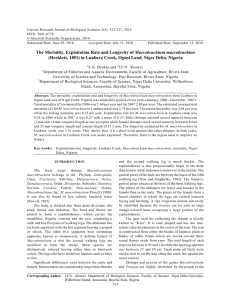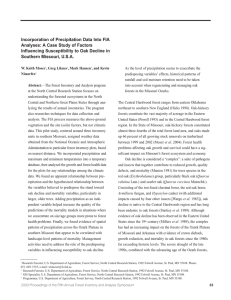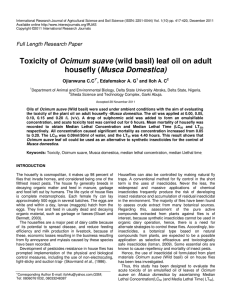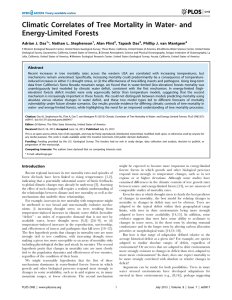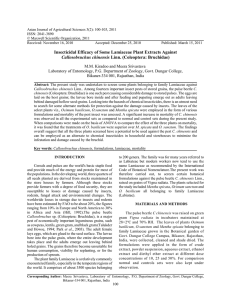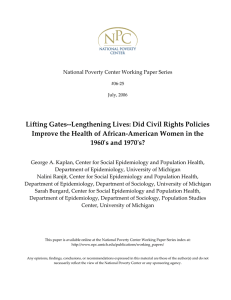MORTALITY PATTERNS IN OAK FORESTS ALONG A CLIMATIC AND ACID... Elaine Kennedy Sutherlandl, Daniel A. Yaussyl, and Ralph
advertisement
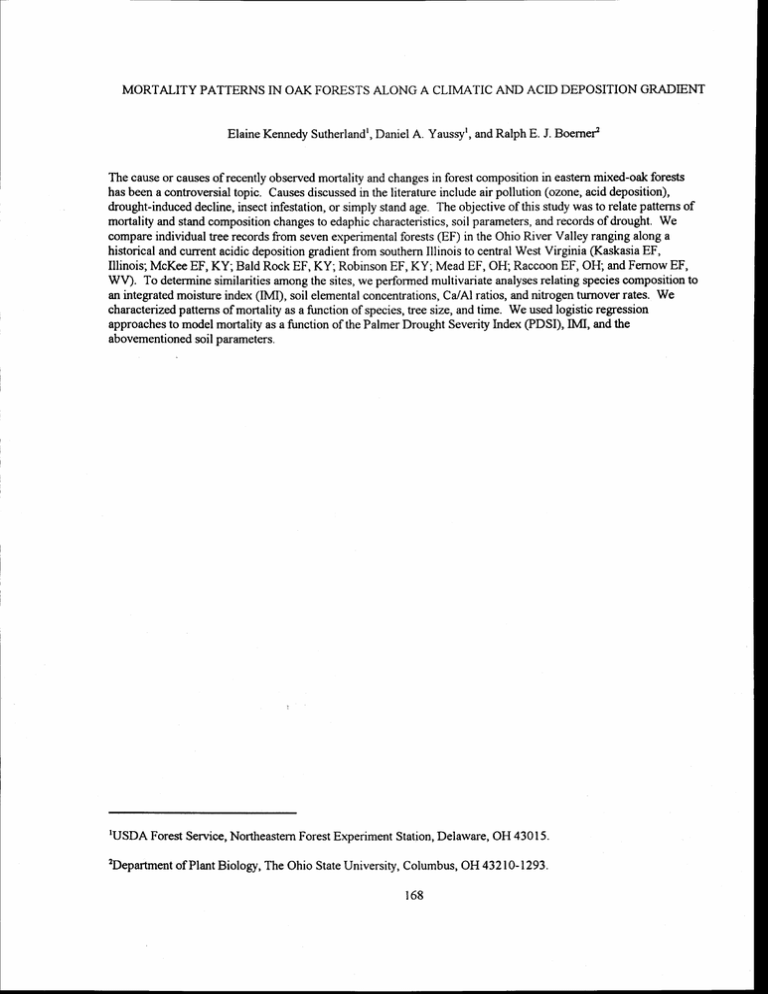
MORTALITY PATTERNS IN OAK FORESTS ALONG A CLIMATIC AND ACID DEPOSITION GRADIENT Elaine Kennedy Sutherlandl, Daniel A. Yaussyl, and Ralph E. J. Boerne? The cause or causes of recently observed mortality and changes in forest composition in eastern mixed-oak forests has been a controversial topic. Causes discussed in the literature include air pollution (ozone, acid deposition), drought-induced decline, insect infestation, or simply stand age. The objective of this study was to relate patterns of mortality and stand composition changes to edaphic characteristics, soil parameters, and records of drought. We compare individual tree records from seven experimental forests (EF) in the Ohio River Valley ranging along a historical and current acidic deposition gradient from southern Illinois to central West Virginia (Kaskasia EF, Illinois; McKee EF, KY; Bald Rock EF, KY; Robinson EF, KY; Mead EF, OH; Raccoon EF, OH; and Fernow EF, WV). To determine similarities among the sites, we performed multivariate analyses relating species composition to an integrated moisture index (IMI), soil elemental concentrations, Ca/A1 ratios, and nitrogen turnover rates. We characterized patterns of mortality as a function of species, tree size, and time. We used logistic regression approaches to model mortality as a function of the Palmer Drought Severity Index (PDSI), IMI, and the abovementioned soil parameters. 'USDA Forest Service, Northeastern Forest Experiment Station, Delaware, OH 430 15. 'Department of Plant Biology, The Ohio State University, Columbus, OH 432 10-1293. 168




